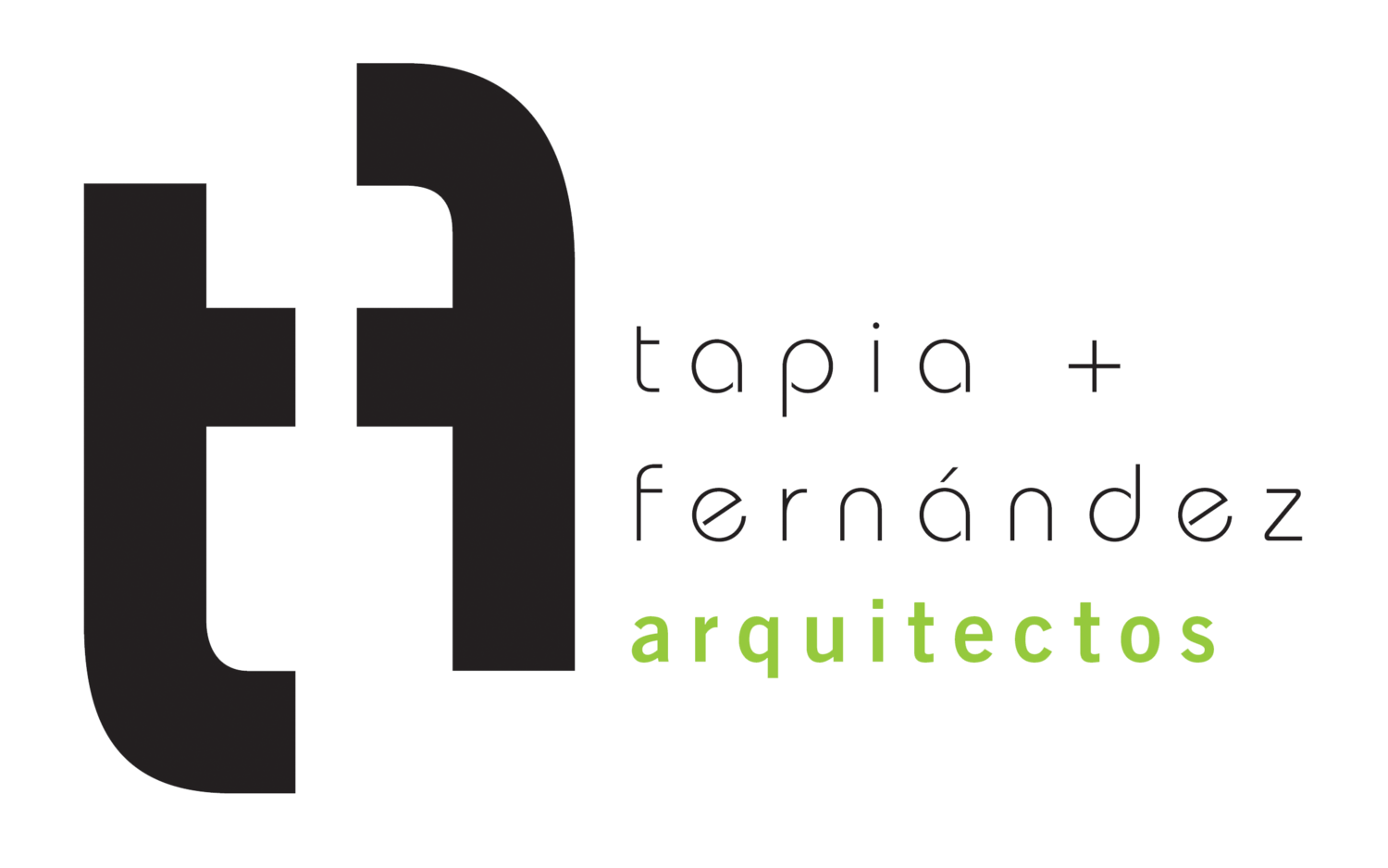Conceptual Design [1]
Before making beautiful architectural renderings and drawings for our clients, we have to understand our physical context, our client’s needs and goals, and evaluate other criteria to establish initial physical, economic, and spatial constraints before starting the Schematic Design phase.
During the Conceptual Design, we pursue to understand and define parameters that will allow us to 1) define engineering values that will inform us about geotechnical conditions; 2) analyze the site’s (or sites) context and infrastructure; 3) define client values and programmatic expectations; 4) evaluate and assess single or multiple sites; 5) approach to architecture and planning logistics; 6) prepare a preliminary budget.
Pre-Design
The Pre-design phase may vary depending on the project type and complexity. Our client needs to know the implications of contracting an architecture office and understand what needs we need to achieve before starting the Schematic Design Phase. This phase generally includes:
Site Analysis
Context, regulations and zoning analysis, accessibility, etc.
Existing Building Analysis
As-Builts, History if any.
Surveys of Existing Hazardous Conditions (on-Site, if any)
Coding interpretation
American Disability Act (ADA), International Building Code (IBC).
Photographic Documentation
Operations & Management
Water, energy, sanitary, disposals, etc.
Inform to client (additional expenses)
Space Programming & Planning
Objectives
Final Schematic General Program Definition
Preliminary Cost Estimation (general construction cost per square feet)
Materials + 10%
Human labor percent
Equipment according to project
Accessibility

